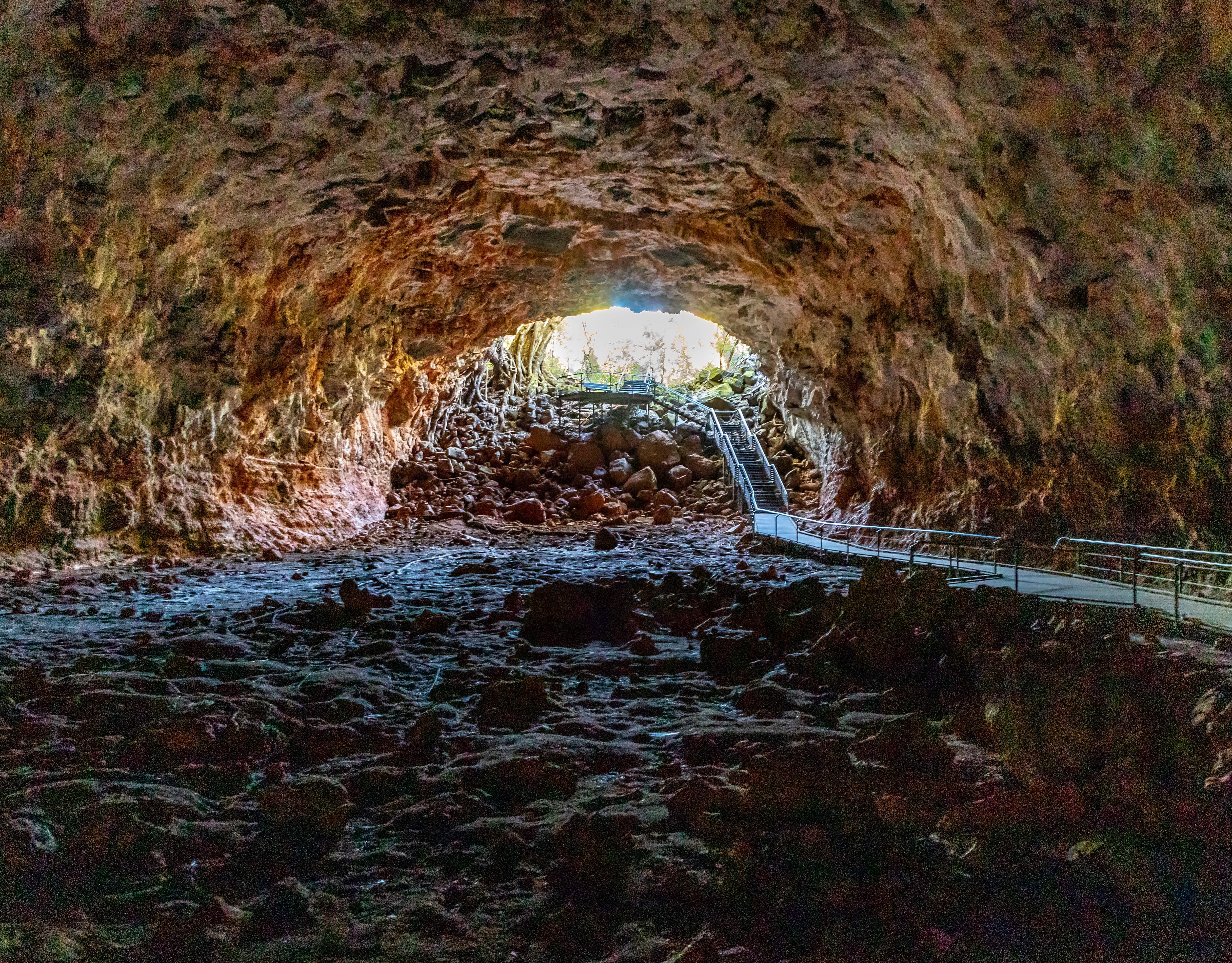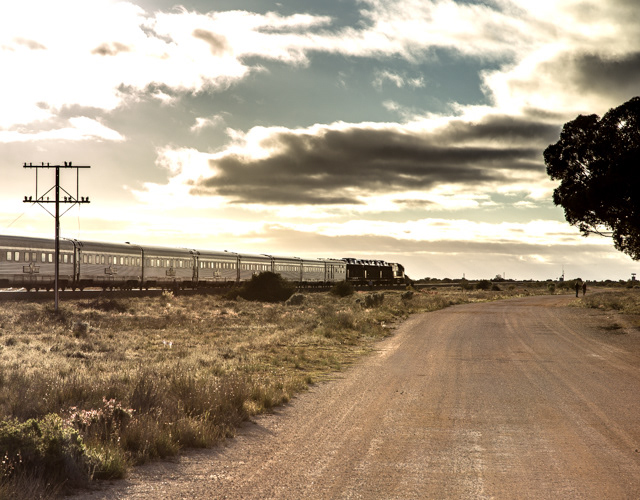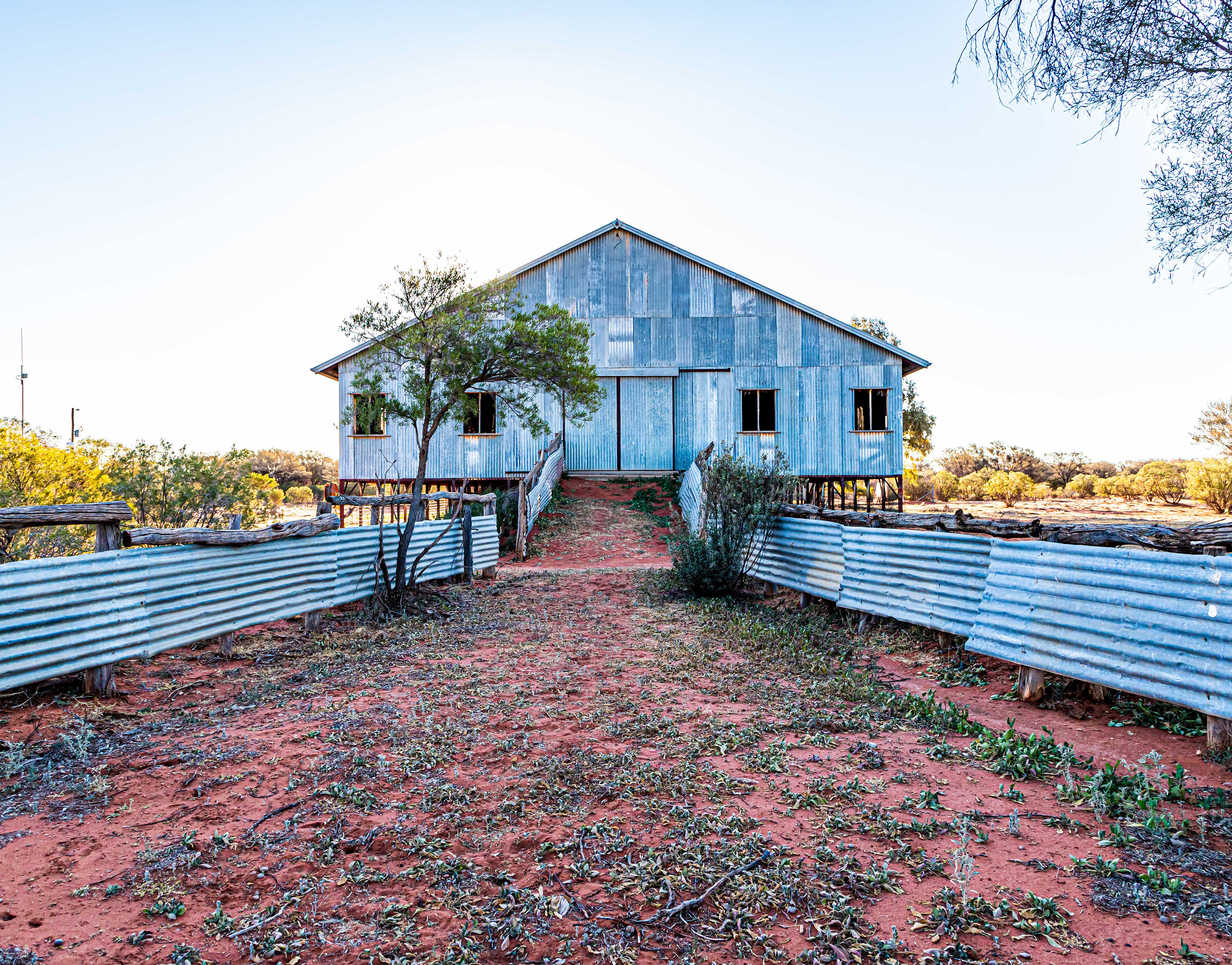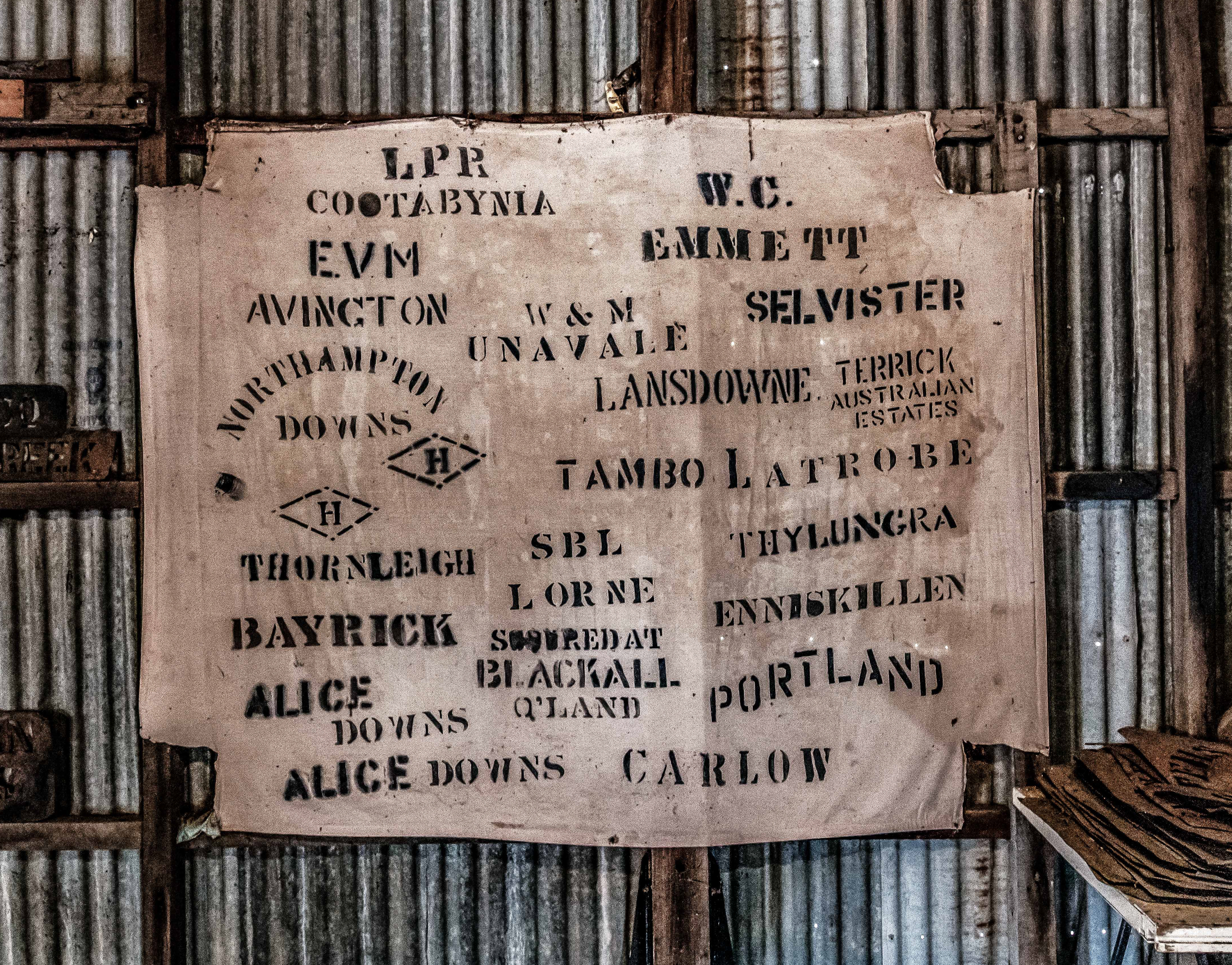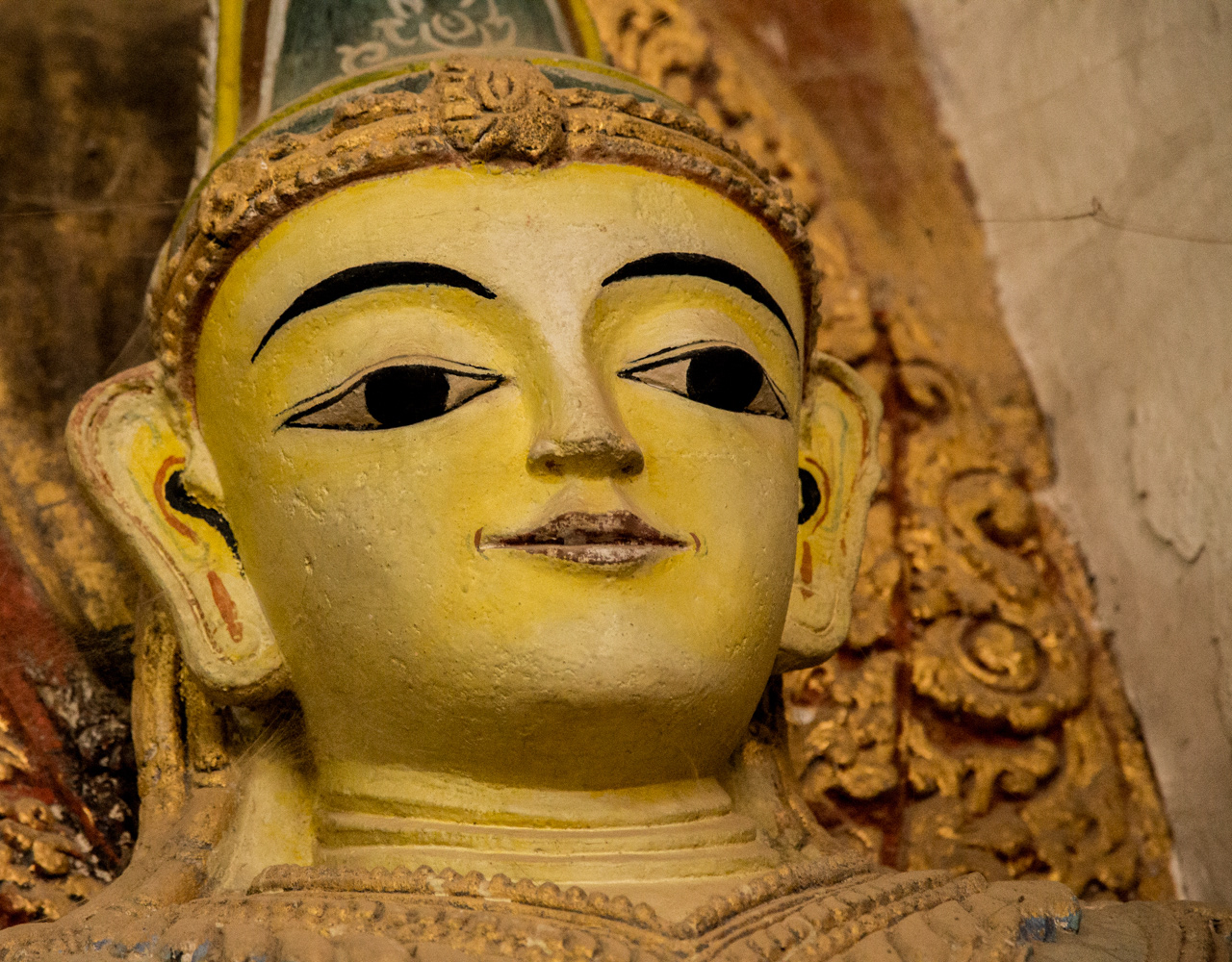Third Avenue, otherwise known as the road through town (and probably, the road out of town).
Gold mining has contributed to the economy of the town for over a century,
The hitching rail
In 1851, the area of Cracow was named by pastoralist, John Ross, after a local cattle or sheep station, which in turn was named in honour of the Polish city of Kraków, at the time, the centre of a fight for Polish national independence. Gold was first discovered in Cracow in 1875 by itinerant fossickers, with a further discovery of a nugget made by an Aboriginal man in 1916. In 1931, the Golden Plateau Mine was established and operated continuously until 1976. At its gold mining peak, the town included five cafes, a barber shop, a billiard saloon, two butchers, a picture theatre and a soft drink factory. The closure of the mine led to Cracow becoming a ghost town with many deserted houses and shops. In 2004, Newcrest Mining re-established gold mining in the town, leading to hopes the town may recover. The mine was later sold to Evolution Mining, and in 2020, to Aeris Resources. While mining prospered, the optimism that the re-establishment of the mine would lead to a reinvigorated town has not eventuated, a victim of better regional communication and fly in fly out mining. So, the shops remain vacant although the hotel is open for business. At the 2011 census, Cracow and the surrounding area had a population of 196. (https://en.wikipedia.org/wiki/Cracow,_Queensland)
Third Avenue, otherwise known as the road through town (and probably, the road out of town).
Gold mining has contributed to the economy of the town for over a century,
The hitching rail
